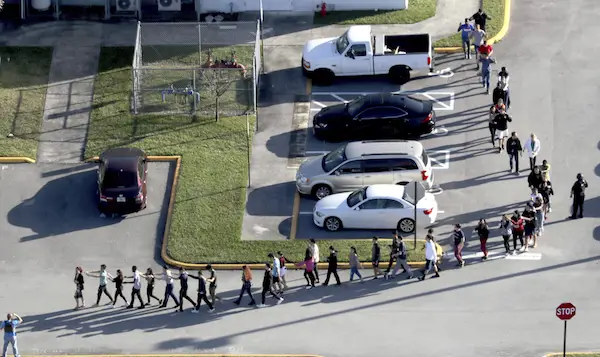
Countering Terrorism and Surviving a Terrorist Attack
Counterterrorism is defined as the military tactics, techniques, and strategies that government, military, law enforcement, business, and intelligence agencies use to combat or prevent terrorism and the financing of terrorist attacks. Because terrorism is one of the most significant threats to world peace, security, and stability, as well as the enjoyment of human rights and social and economic development, it is critical that people implement effective measures to prevent and fight terrorism.
Education is the first step in fighting terrorism and suppressing the financing of terrorism. While terrorist crimes are still rare compared to other crimes, globalization has widened our risk and exposure to attacks. Our borders are now more open, travel and leisure activities are easily accessible, and more diverse technology, political beliefs, and religious ideologies are becoming more widespread. We are now more exposed. Therefore we should not be complacent, and we must take sensible precautions in the wake of frequent terrorist attacks.
The National Counter Terrorism Security Office (Nactso) in the UK shared advice on what to do should there be a terrorist gun or bomb attack:
- Run: Run and go somewhere safe. This is a far better option than surrendering or negotiating with terrorists.
- Hide: In case you are trapped somewhere and are unable to run to safety, find a safe space to hide. It’s better to hide from terrorists than to confront them. Make sure to be quiet, switch your phone to silent mode, and turn off vibrate to conserve your phone’s battery. Cover from view does not mean you’re safe, as bullets and shrapnel can penetrate brick, wood, and metal. So, find cover from gunfire by hiding somewhere with walls with substantial brickwork or heavy, reinforced walls and lock or barricade yourself in.
- Tell: Call the police or emergency services. Provide your location and where you last saw the suspect/s. Describe the attacker/s, their facial features, clothing, and weapons. Provide further information such as the casualties, the injuries you sustained if any, building entrances or exits, and the number of hostages. If you are hiding from your attacker/s and are unable to speak or make a noise, listen to the notes given to you on the phone.
For more information on counterterrorism, follow or subscribe to this blog